Kearns Fruit Farm is based in the strawberry stronghold of the country, Wexford. The Kearns family have been growing strawberries since the 1950s.
The current chief is Jimmy Kearns who took over the operation at the tender age of 16 in the early 1970s.
The business has grown consistently since then. Jimmy aims to grow production by 10 to 20% per year and tries to streamline and improve efficiency every year.
Until the mid 1990s, the strawberries were still being grown on the ground and for the manufacturing market, they were supplying local jam producers.
At this point, it was decided to begin to produce “fresh fruit” for direct consumption. This move saw the growing of the fruit being moved to a tabletop system. This allows for easier picking and control of the growing conditions.
All growing is now done in tunnels and temperature-controlled glasshouses. The temperature-controlled glasshouses allow the consumer to have fresh Wexford strawberries on the shop shelf for an extra six to 10 weeks per year.
Drive for efficiency
With the growth of the business technology has become central to production, from feeding and watering systems. Spraying of the strawberries has to be carried out quite often during the season to control mildews and moulds so as to guarantee the lush red fruit that the customer expects.
Until this season, this spraying has involved an operator getting full Hazmat suited and driving a self-propelled single strawberry row sprayer.
As the covered area has grown to between 30 and 40 acres this sprayer has struggled to keep up with the growth. For the last few seasons, Jimmy has been looking at options to get the job done more efficiently and safely.
Having spoken to local Fendt dealers, Kehoe Brothers Machinery Ltd of Camolin, it was decided that a 207 Vario could be customised to meet the very precise requirements of this farming system. These specifications include a track width of 1m and variable speed control.
The 207 packs a punchy 72hp with boost up to 79hp from the three-cylinder Tier 5 engine. The Vario system allows for speeds of between 20m/h and 40km/h. Most of the spraying work is carried out at 3km/h to 4km/h but slower speeds are required for the narrower areas and turning.
Out of spraying season, Jimmy hopes to use the baby Fendt to transport a specialised trailer for the pots and troughs which are used in the tunnels. A turn of speed may come in handy for this task.
Inside, the 207 is a masterpiece of function fitting into form. The usual collection of Fendt screens and joystick are all accessible, if in different positions. The optional 12in display that in a bigger Fendt tractor is positioned over beside the joystick has been ingeniously positioned on the roof over the windscreen.
Space in the cab is very good considering that the tractor is only 1m wide. Visibility from the cab is excellent, and allows for the very accurate driving that is required between the rows of Wexford’ s finest. The mirrors are the perfect height to see over the raised troughs and see what is going on with whatever is attached.
Jimmy believes that the tractor will clock a minimum of 1,000 hours per year and that along with its core jobs he will be able to build more systems around the highly specified machine.
Spraying the rows
The main job of the baby Fendt is towing and operating a Hardi Zaturn 1000c. This is not your usual crop sprayer. It can spray six separate rows of strawberries with its Cronos boom system.
The tank holds 1,000l, giving the ability to cover many metres of rows with each tank. The Zaturn is an air-assisted sprayer, which means that the spray droplets are driven by air towards the target plant. There are different levels of air assistance available with the optimus system.
This means that smallish particles are in the air. With this in mind, Jimmy specified the highest possible level of protection built into the filters of the tractor. This is to protection category 4 in accordance with EU standard EN15695, with protection against dust, liquid fertilisers, and their vapours.
Once the chemical has been added to the sprayer and the operator enters the cab they are as safe as is possible from any harmful products.
The sprayer has an axle width of exactly 1m to match the tractor.
This outfit will make the application of crop protection products on the farm more efficient and safer for everyone involved.
We got a chance to drive the tractor and sprayer into a tunnel and see it in action before there was any chemical added. The fine mist from the sprayer and the fit of the outfit between the rows was precise and impressive.
Moving the crop
With up to 40 staff on site from picking to packing the red harvest, this is a busy place.
The main strawberry movers are a pair of 625 Manitou telescopic loaders.
When I was on site, they never stopped moving boxes of freshly picked fruit from the tunnels to the pack house and then supermarket ready packaged fruit into short-term storage or on to trucks for delivery to shop shelves all over the island of Ireland.
Jimmy says that most of the produce stays in the Irish market. With up to 500t of strawberries being produced each year the ability to move them quickly and easily is essential.
The Manitous are the pillars of this system with them each clocking up big hours during the peak season from April till September each year. These machines were also bought from Kehoe and Jimmy says they have been very helpful in keeping these machines working and sourcing the very specific little tractor that was needed to improve efficiency and safety on this farm.

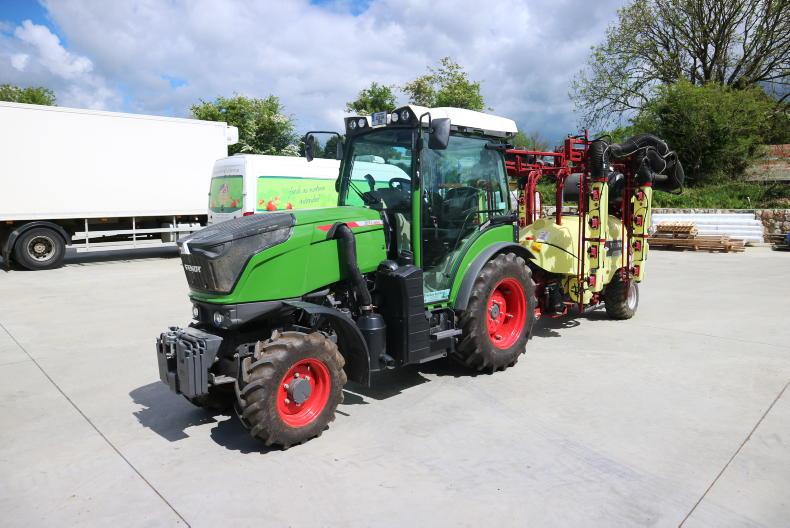




 This is a subscriber-only article
This is a subscriber-only article





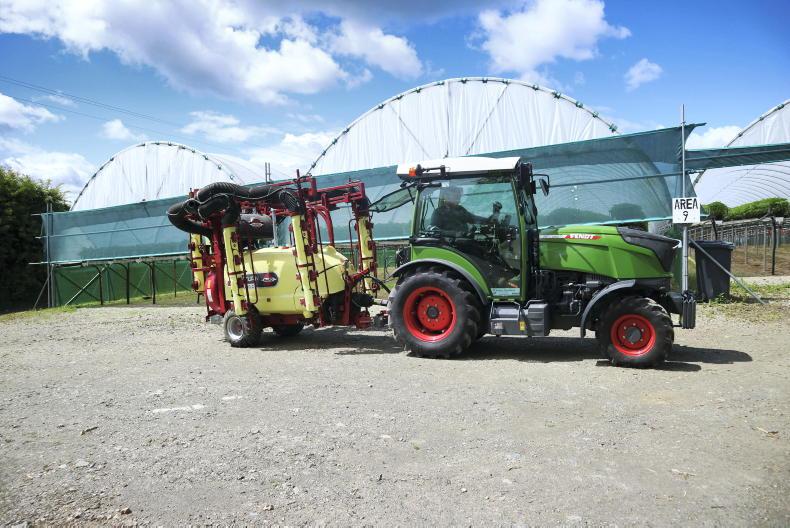

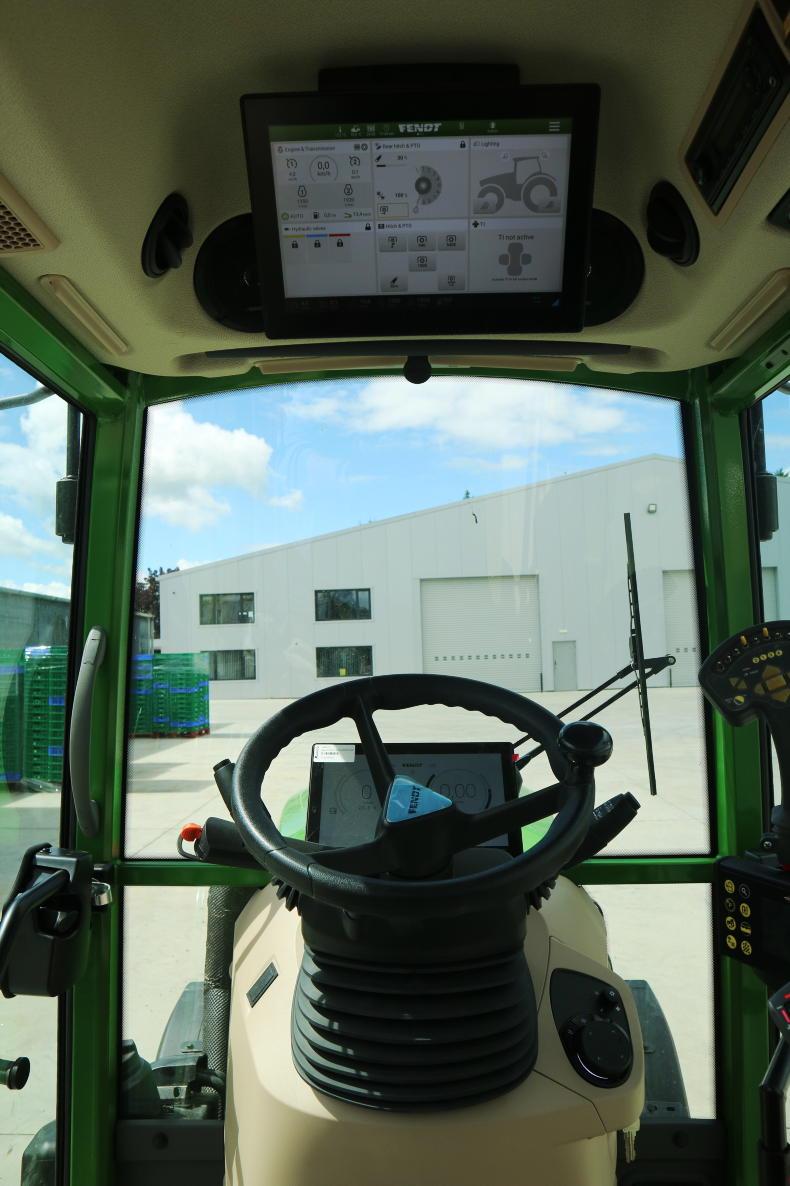


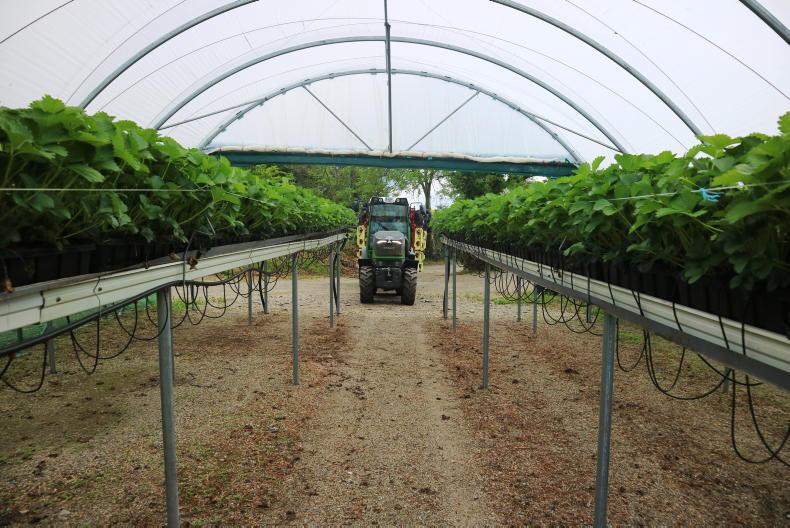
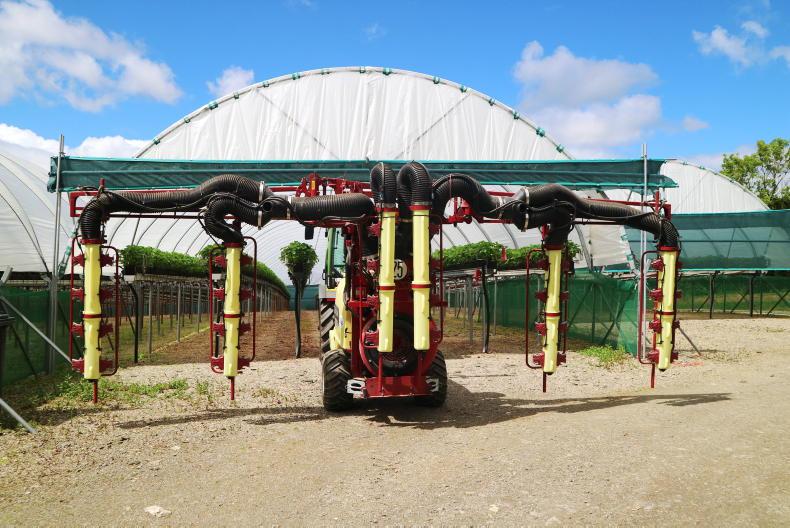

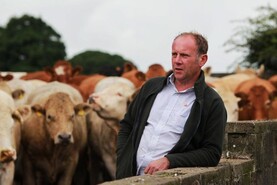

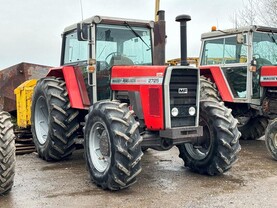


SHARING OPTIONS: